Supercharging Experience Design: The 10 commandments
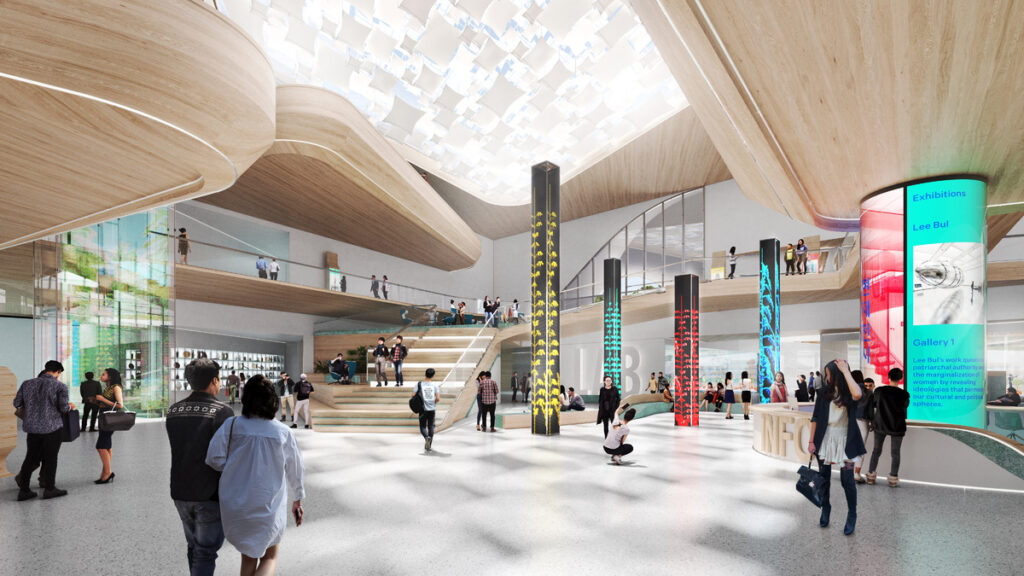
1. Beware of big digital ideas dreamt up in ivory towers
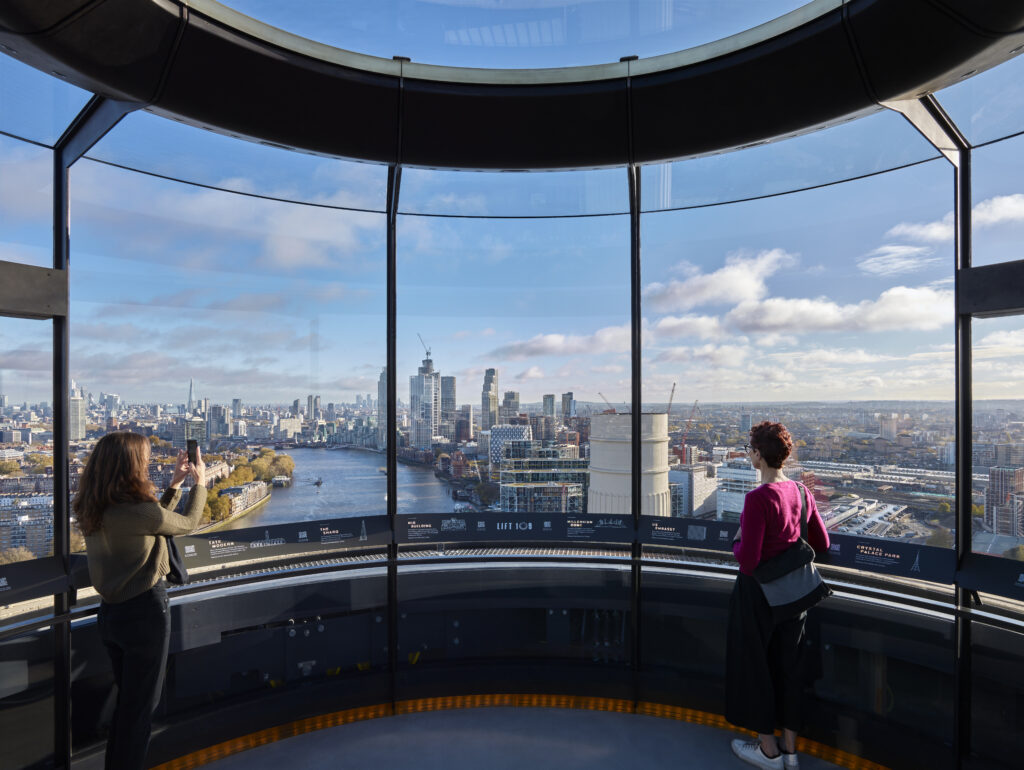
In a design cycle, there are two really exciting phases at the early stages of every project, regardless of budget. The first is where you blow your options wide open. Think blue-sky; money is no object, aspirational conversations. The second is where you distill that down and interrogate the design. Every idea has to earn its place. You must rationalize, stretch, hybridize, search for the real value in those ideas, and be prepared to give ideas you love the chop. Be ready to kill your darlings.
The first ‘blue-sky’ part is the easy bit. Rarely will you find a design team that will struggle to put big ideas on the table. However, those big ideas can quickly turn into storm clouds if they aren’t checked with a pragmatic, balanced approach. For a digital-first experience, unless you have the experience to qualify those ideas creatively and technically, you are spinning your wheels until your digital designer is on board.
Why is this? Digital experience design is a complex and multi-headed beast; it threads through the entire visitor experience in different forms and is complex to produce. Early decisions have later consequences, and it is hard to foresee future challenges.
2. Ride the design bi-cycle
The two phases of the design cycle never run in parallel. They can, however, run in small and big cycles. There typically comes a moment on a project where the design teams are in alignment, the project has momentum, and a team member acts as an umpire and calls time. Stop; this is all great, but what are we really achieving here? This happens at the end of a big creative push, with too many ideas on the table and a design that is needlessly over budget. It’s time to edit, cut the fat, go back to the original brief, and measure those ideas against what you set out to achieve. It feels brutally detrimental at the time, but it ultimately differentiates good ideas from the best ideas. When a team does hit this point in the project, there are important elements that should be addressed or re-addressed:
3. Shoot to score
Firstly, know where the project goalposts are. It’s easy to identify this in brands, retail and marketing, as there are a host of clear metrics to measure against. In the cultural sphere, it’s a little less tangible. Broadly speaking, though, there are two main measures of what digital is going to do for you: engagement and influence. Engagement is the easier of the two to measure as it relates to visitor numbers and dwell times. Influence is more subjective: what is the visitor’s takeaway? How have you influenced their belief system, informed them on your agenda, inspired them to take action, and/or how are you contributing to ‘soft power’ (influence through attraction, persuasion, or agenda-setting)?
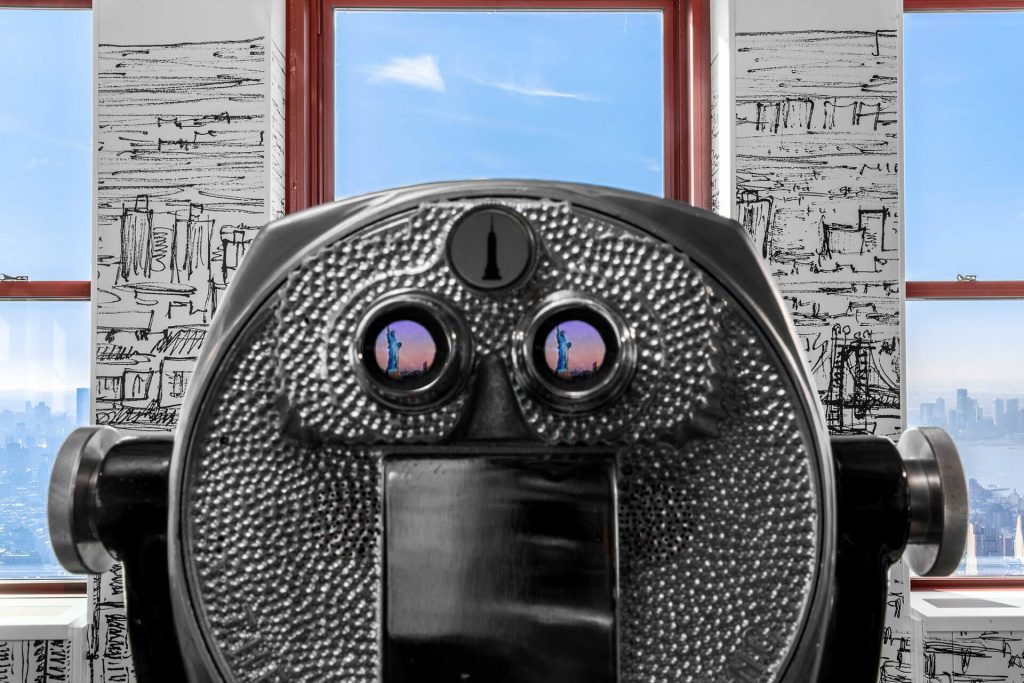
4. Create a height to remember
The next question is recallability, a great measure of influence. If you can’t remember it, was it worth it? There are some wonderful processes and books for this around the idea of cognitive mapping or CX journey design. However, there is an even quicker way. Imagine explaining the design experience to a 7-year-old. What immediately flows from your mouth as you grapple for their attention? If you’ve properly recalled the experience to that child, you can be confident it’s pivotal to the experience.
The King Kong experience at the Empire State Building is a classic example of this. Nobody’s going to forget being gripped in King Kong’s fingers, heightened engagement, and the resulting increase of influence that the Empire State building now enjoys proves it has really earned its place as a recallable experience.
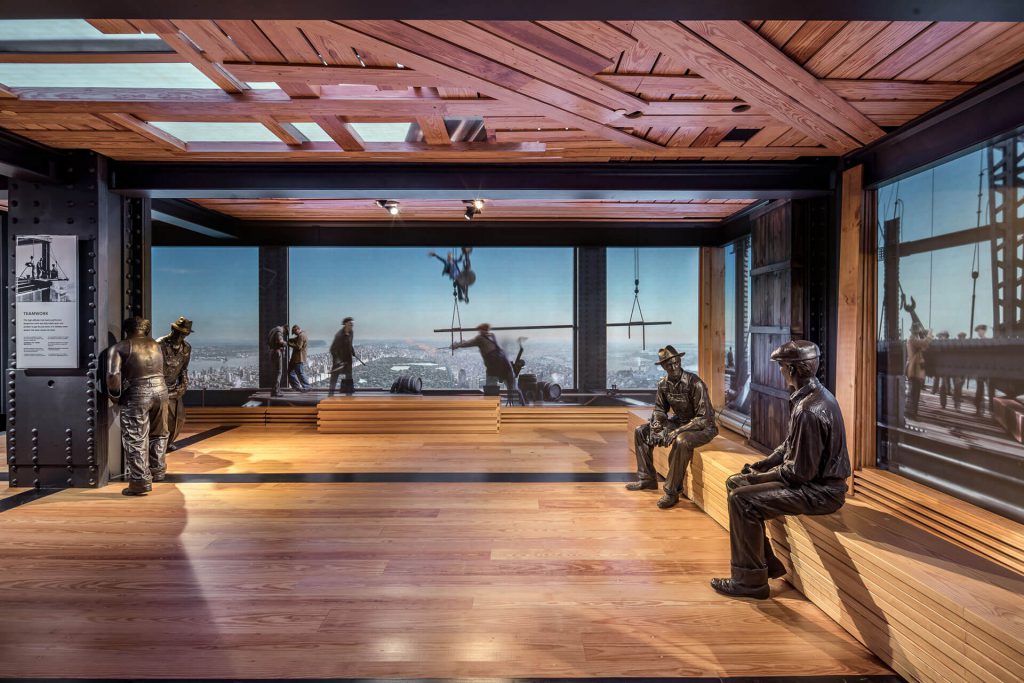
5. Delve into the Metaverse
Increasingly, digital media can exist both in galleries and online, which is incredible for engagement because it gives your experience exceptional reach with new audiences. This idea underpins The Immersive studio’s strategy for Chungnam Art Museum and is beautifully apparent in numerous Google Cultural Experiments.
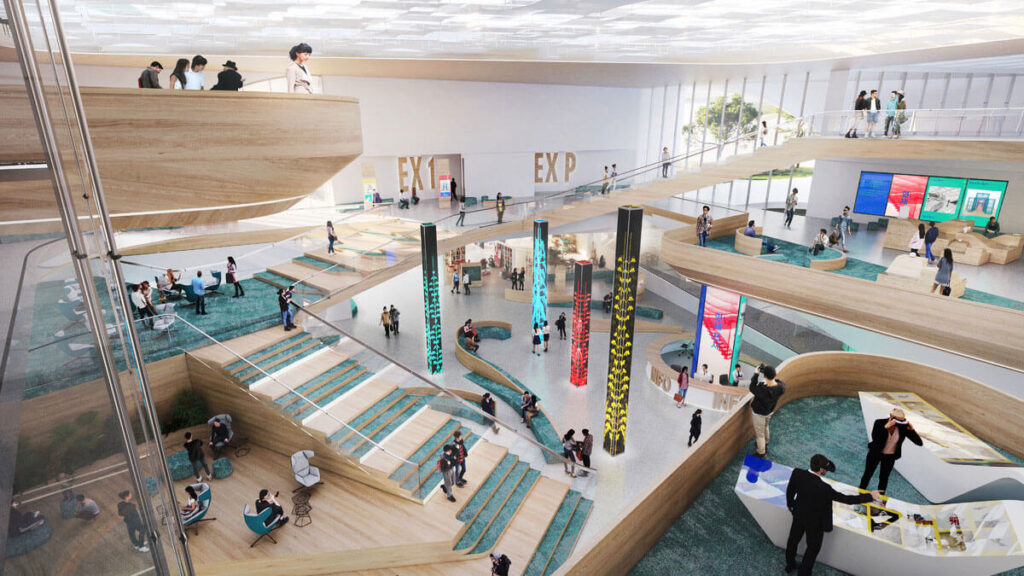
This cuts both ways, as well. If the idea works well in a gallery, you can release it online to start the visitor experience or offer it as a way to extend the experience after your visit. Equally, strong digital ideas can be tested in galleries and toured or twinned without disrupting your existing experience. The Van Gogh Immersive Experience, which has an impressive list of touring locations, is an amazing example of the reach you can achieve through digital without a single painting leaving your gallery.
So, can your experience exist in the gallery, online, or in several places simultaneously? How can you set this up for the ideal engagement?
6. Upgrade on demand
A day-one idea is a working asset that can be developed depending on your audience’s responses to it. Start with a light version, see how well visitors receive it, and then build it up. This process limits unnecessary spending, and regardless of whether you do iterate, there are plenty of growth possibilities that often point to a strong idea with flexibility. This application is commonly seen within AR and interactive designs, but the same applies to film or animation content, where you might be creating ‘playlists’ that you can build on for specific events or through seasons.
Ask yourself: What is the core of the idea, the minimum needed for opening, and what could you do on day two?
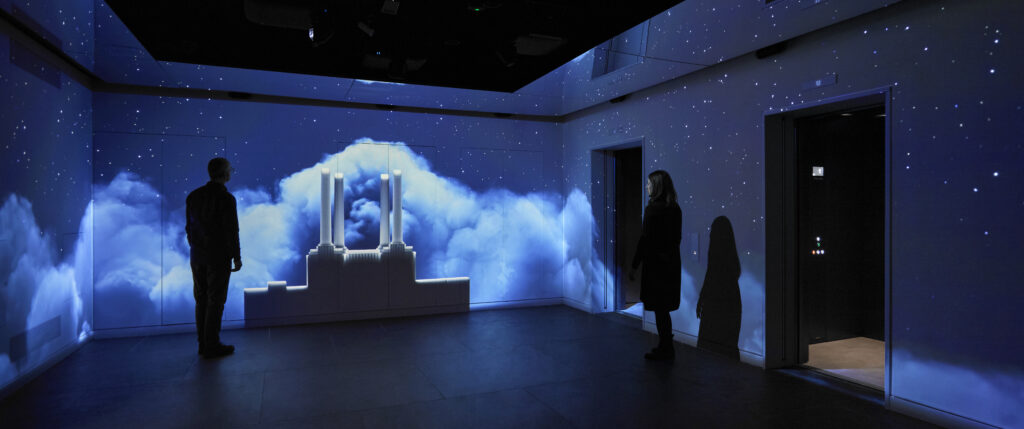
7. Avoid a tech overload
So often, we see a project get to the idea stage where laser beams are bouncing off drones carrying LED screens controlled by a weather feed. Sounds fun. The question then posed to us by clients is how when the real question should be why? It is typically at this point that the original message is confused, and the team is throwing technology at it to turn it into something of interest. It will be costly to produce and will date very quickly, but most of all, it does not support your message. It does not mean you need to cut the experience, but it suggests returning to the original message and finding the technology that reinforces it.
8. Be top of the class
Ask yourself, “what’s already out there?”. When this industry started, everything was new, and we had to do a lot of figuring it out. Digital experience design has matured beautifully, and there is such a wealth of case studies and best practices that we know the specifics of what ‘good’ looks like. Visit your competitors as a team, analyze the experience rigorously, gather data, and gain insight. London & Partners is a great jumping-off point. The design conversation has to start with what best-in-class looks like and focus on how to make it even better.
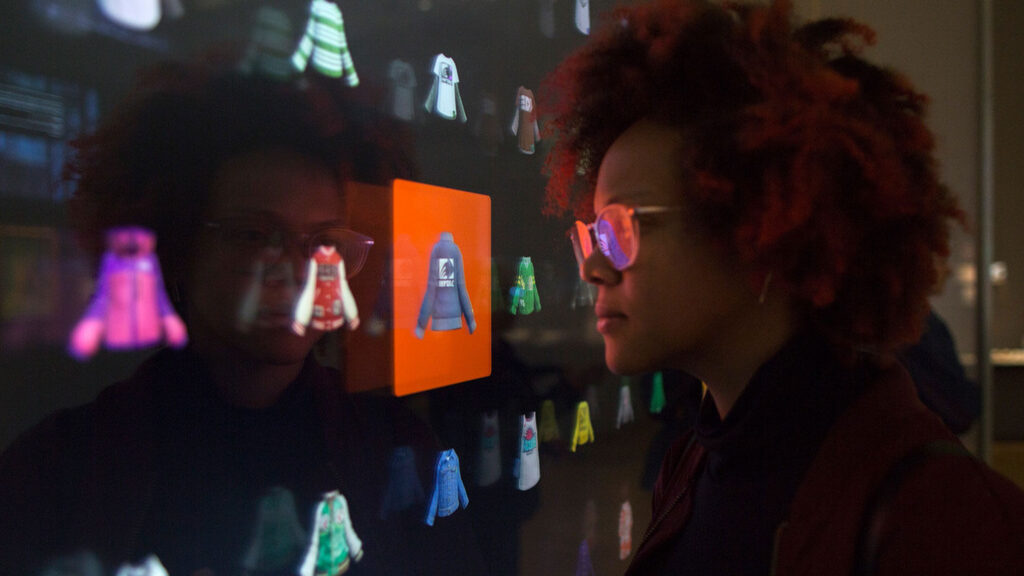
9. Understand the price of admission
Every media experience design project is different. And this area of design has and will continue to see the most amount of change, innovation, and growth. The question is how to find value for your organization in this ever-expanding field. The answer is to adopt a transactional mindset. Ask yourself, what portion of your design budget does this part of the experience use, and what portion of the ticket price does this part of the experience represent to the visitor? If the former is larger than the latter, then it is worth a rethink.
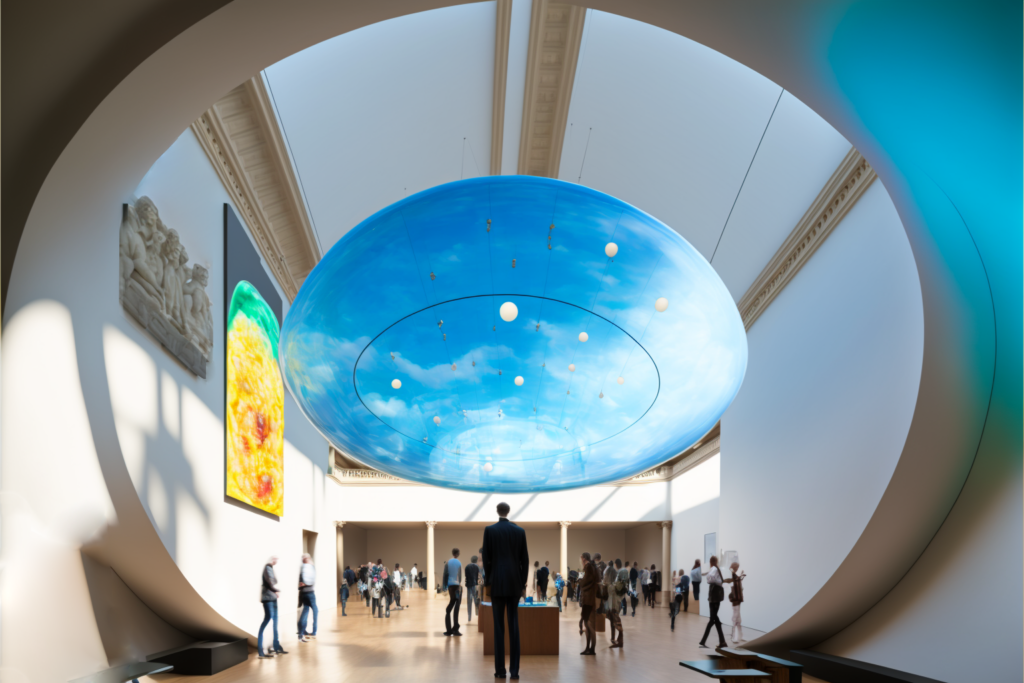
10. Weatherproof your blue-sky ideas
As you embark on your next media experience design project, learning the key considerations ahead of time from media design experts is key. And knowing that a large part of any media experience design project is striking a balance between creative, blue-sky thinking and the necessary sharpening and refinement of those ideas will take you far. Don’t get caught in the clouds.




 Ben Townsend
Ben Townsend